Galápagos now: when a superyacht meets world heritage site
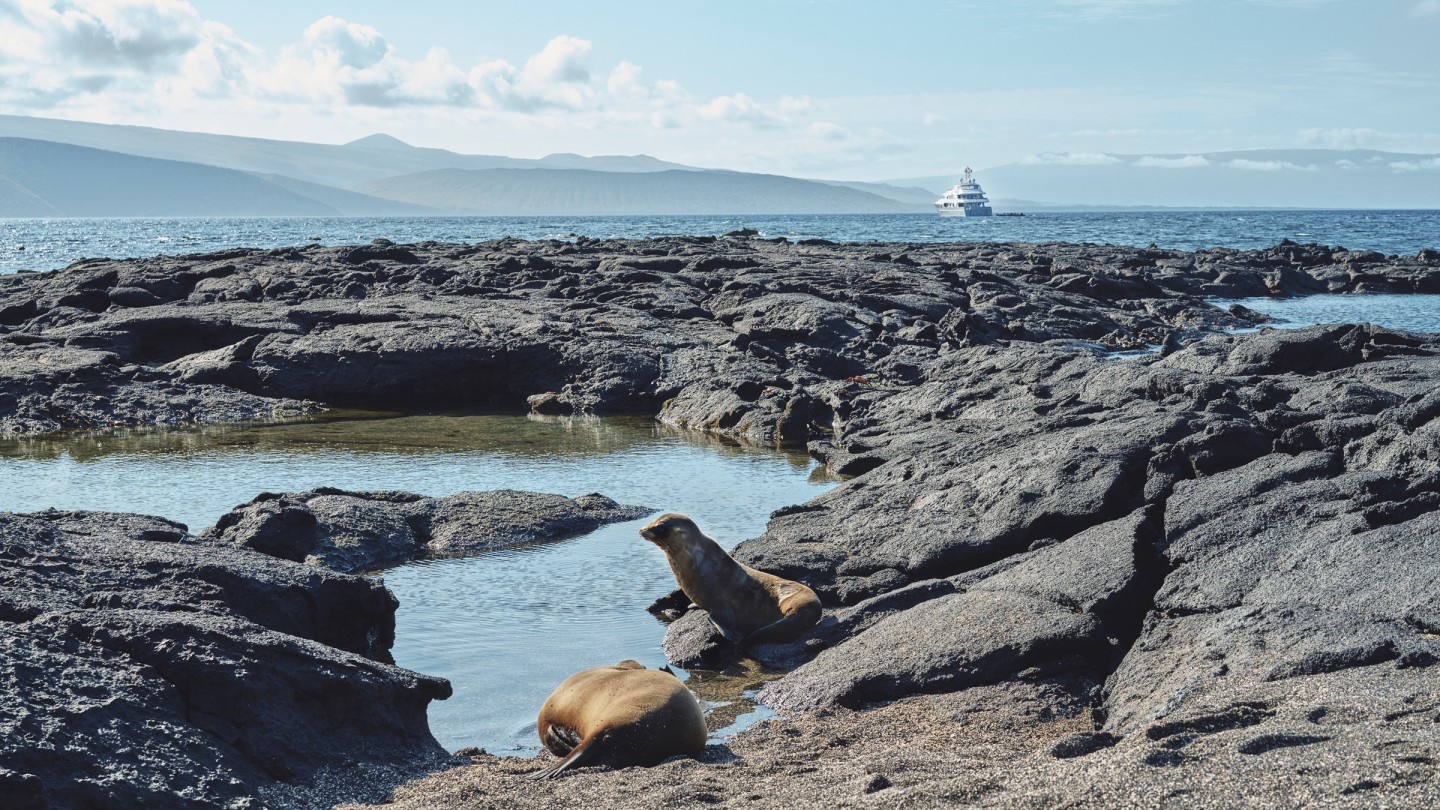
Roula Khalaf, Editor of the FT, selects her favourite stories in this weekly newsletter.
In 1835, Charles Darwin stood above Tagus Cove and looked down at HMS Beagle, which had dropped anchor at the sheltered nook on the Galápagos island of Isabela. Incense trees and prickly pear cactuses dotted the surrounding volcanic craters and cones while sea lions and turtles patrolled the shore. Years later, Darwin’s research in the Pacific archipelago would inspire his quest for the origin of species.
On an afternoon in June, Francesco Galli Zugaro is taking in the same view, which has barely changed. Like Darwin, the Italian-American has come to observe the wildlife. But as the founder of the luxury cruise company Aqua Expeditions, he is concerned with the evolution of a species that has only recently begun to visit these shores: Homo affluentes rimor, perhaps, or affluent explorer.
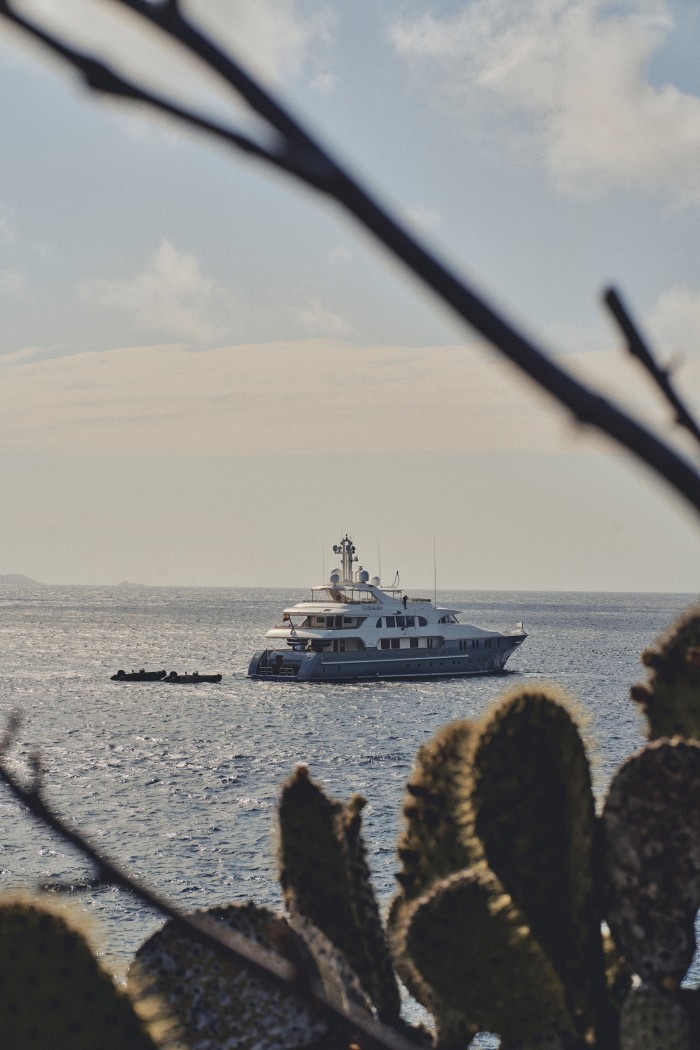
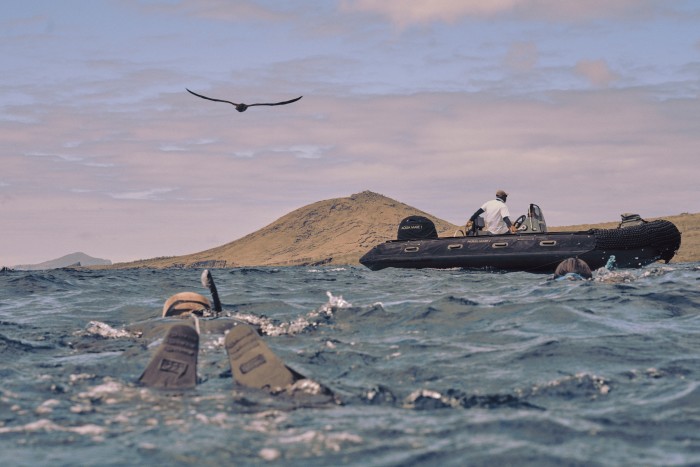
Galli Zugaro uses the phrase often as I join him and his family on the inaugural voyage of Aqua Mare. She is his fifth boat and the first superyacht to sail among the Galápagos Islands, which lie in glorious isolation across the equator, 600 miles west of Ecuador. Available to book by the cabin, or for charter from $196,000 a week, the 50m vessel thrusts its bows into what Aqua sees as a gap in the market. “We’re catering to people who probably would never come here for lack of the right ship,” Galli Zugaro, who is 48, tells me, almost 15 years after he first cornered the market in boutique luxury in far-flung waters when he launched cruises on the Peruvian Amazon. He finds it hard to take his eyes off his newest toy, which cost close to $10mn to buy and refit. Days after her arrival in Ecuador, Aqua Mare’s hull, freshly painted in “expedition grey”, shimmers like the belly of a whale shark.
The yacht, which has seven sumptuous cabins, maybe new here but its dashing owner (think a young Al Pacino with Clooney’s eyebrows) knows the islands well. He first visited with Birgit, now his wife and business partner, in 1991, not long after they had met as students. They marvelled at the variety and abundance of natural life, the result of converging ocean currents and extreme isolation. “I was just blown away by the lack of predators and fear and the proximity to wildlife,” he says.
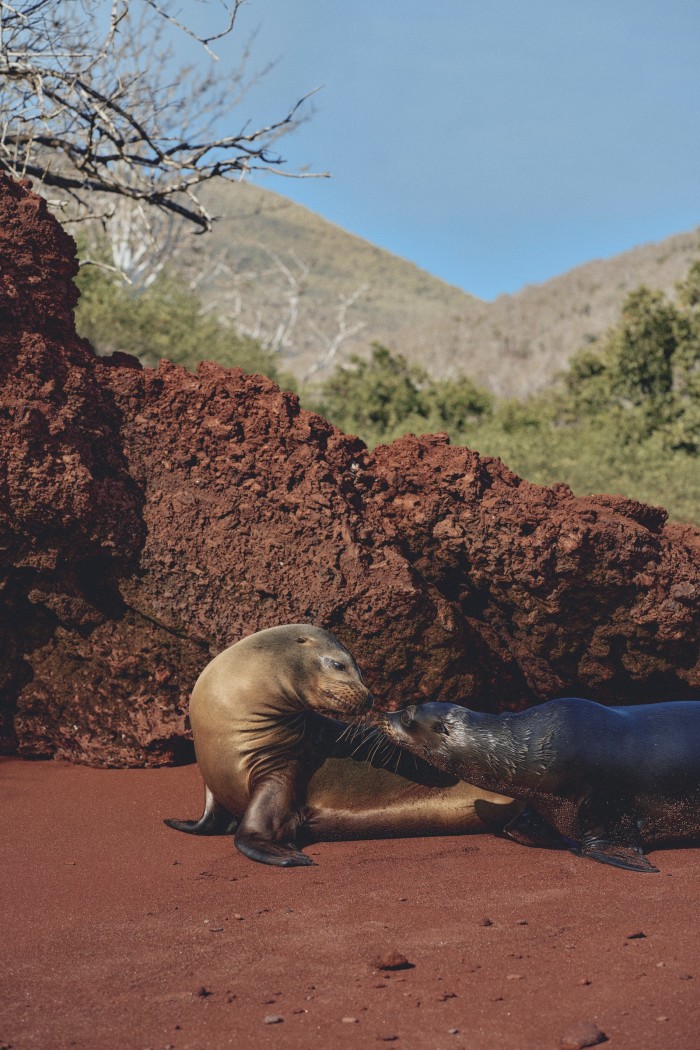
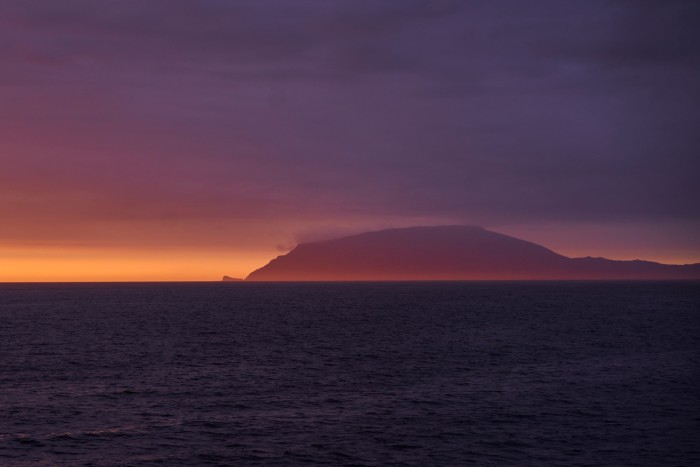
Humans remain a relative novelty in the Galápagos, having only settled in the archipelago in significant numbers in the past century or so. Just four of the 19 main islands are inhabited, and licences for tourist boats are strictly controlled by the Galápagos National Park, which was created in 1959 (the islands have been a Unesco World Heritage Site since 1978). As a result, animals have not evolved to fear, or even much care about, people.
During a seven-night voyage among the western isles of the Galápagos, I watch the elaborate courtship displays of oblivious blue-footed boobies and frigate birds with inflated crimson throat pouches. I sit on a beach yards from a sea lion as she drags her reluctant pup for its first swimming lesson. While snorkelling off Isabela, I’m stunned to be joined by dozens of green turtles, each as big as I am. I let myself float among them as they nibble on great ropes of brown algae that sway in the wash.
Later, dozens of sea lions somersault through the sea around me, their fur taking on a coppery sheen in the water-dappled sunlight. I marvel at a rainbow of fish: dusky chubs, blue-chin parrotfish, Panamic sergeant majors and white-tipped reef sharks. During a tour off Santiago on one of Aqua Mare’s tenders, giant manta rays leap into the air while Nazca boobies dive for sardines like meteors.
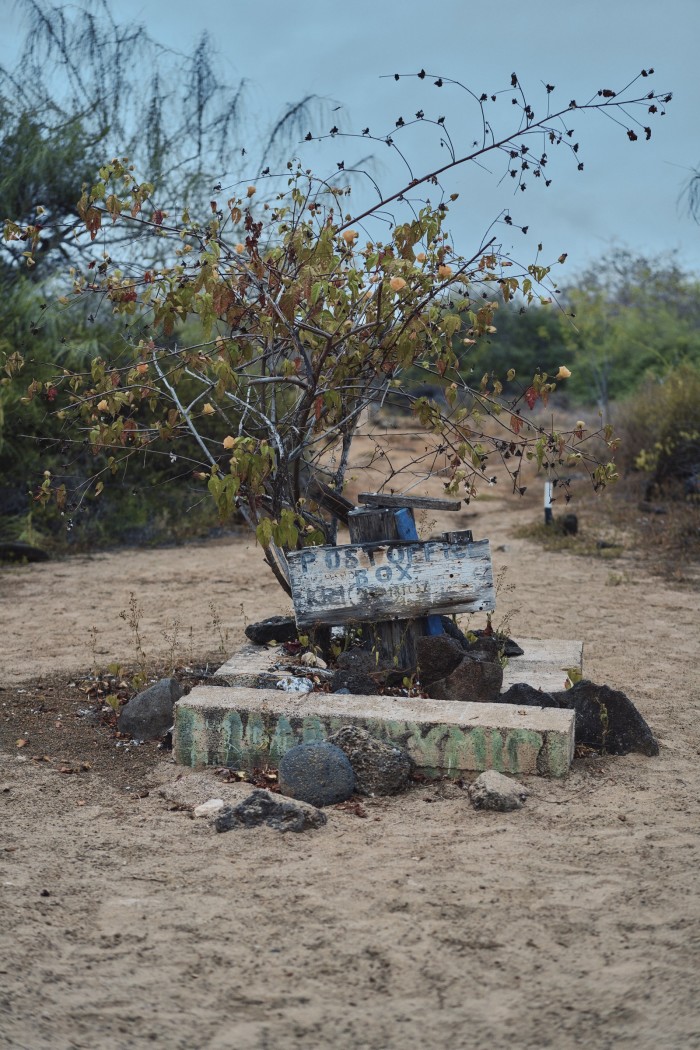
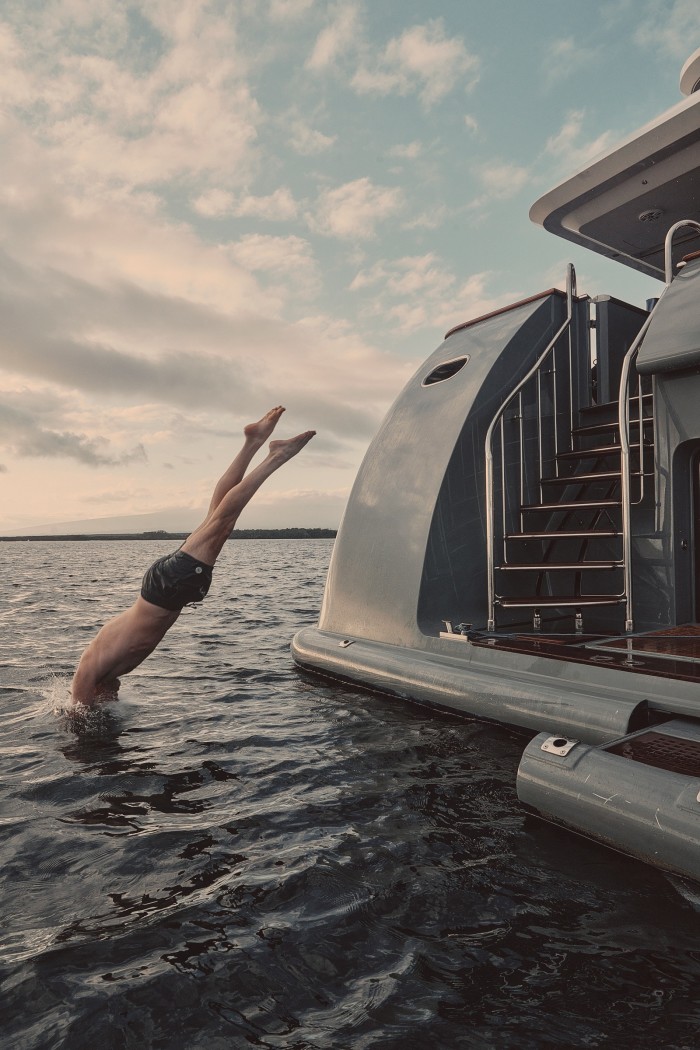
Such encounters bewitched Galli Zugaro 30 years ago. After graduating, and a few years in finance in New York and London, he ran a telecoms startup in Quito, where Birgit, who is Peruvian-Scottish, had grown up. They had three children, the youngest of whom – Alessia, now 18 – joins the inaugural voyage. In 2001, Galli Zugaro helped a local firm launch two boats in the Galápagos. They were plush; but he had higher aims. “I thought, there’s a niche here that is not being addressed and one day I want to come back and do it myself.”
First came a move to Peru to launch Aqua Expeditions in 2008, with funding from Birgit’s father. Aqua Amazon, a river-borne boutique hotel, had a dozen suites and menus by Peruvian chef Pedro Miguel Schiaffino. Another Amazon boat followed before the family moved to Singapore. With new investment, Aqua launched a lavish Mekong cruiser in 2014 and, in 2019, Aqua Blu in eastern Indonesia.
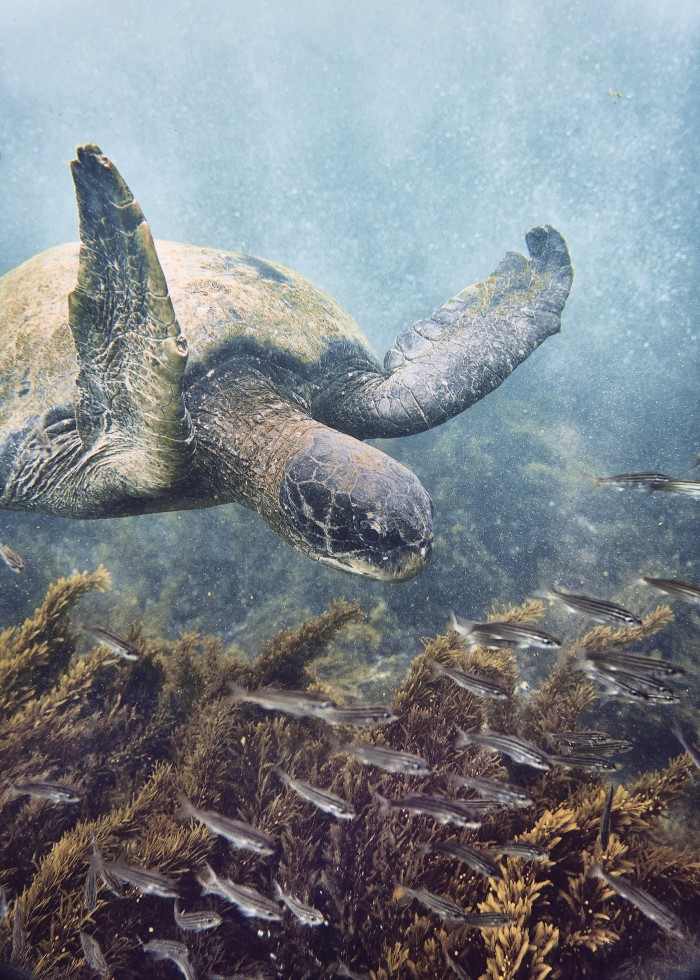
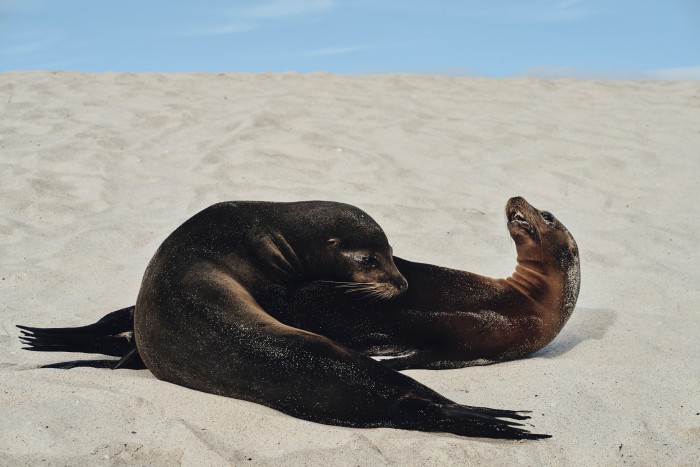
All the while, Galli Zugaro dreamed of a return to the Galápagos. Levels of luxury have risen, especially in recent years. The Celebrity Flora and Silversea’s Silver Origin arrived in 2019 and 2021 respectively, each accommodating 100 passengers (they are the biggest boats here) and sprawling top suites. There are smaller alternatives, too, but nothing that matched the intimacy that Aqua envisaged.
The company bought Aqua Mare last year from a Turkish tycoon. Formerly known as Dr No No, it had been built in 1998 by the renowned CRN shipyard in Ancona, with interiors by François Zuretti and timeless exterior lines by Paolo Scanu. Almost every surface inside is finished in root-walnut veneer, its lacquered burl inlaid with exquisite marquetry. It would have been a costly desecration to rip it out, so Birgit and David Cole, Aqua’s Bangkok-based interior designer, set about paring back an overall neo-Venetian excess.
Out went garish colours, chi-chi curtains and tassels. In came muted upholstery, carpets and blinds. Among many nods to the yacht’s permanent new home, bespoke cushions from Jim Thompson of Bangkok have subtle stripes inspired by lava-and-ash strata. There are antique prints of flora and fauna from Argosy in Manhattan, and an impeccable library. A statement range of custom crockery from Gaya Ceramic, the Balinese studio whose clients include the Aman and Como groups, looks as if it has been hewn from the volcanoes that surround us. Pieces in unglazed grey are finished with metallic details inspired by the drawings of Darwin et al.
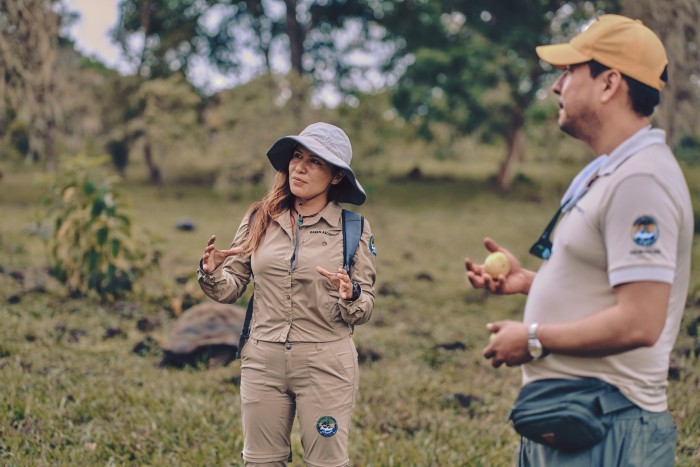
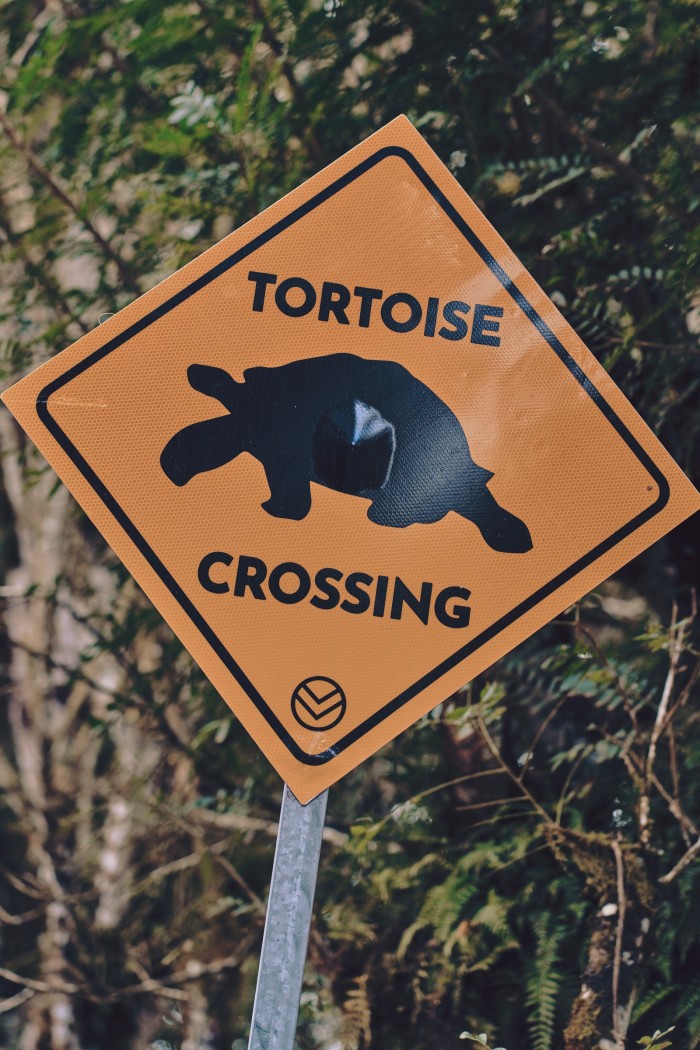
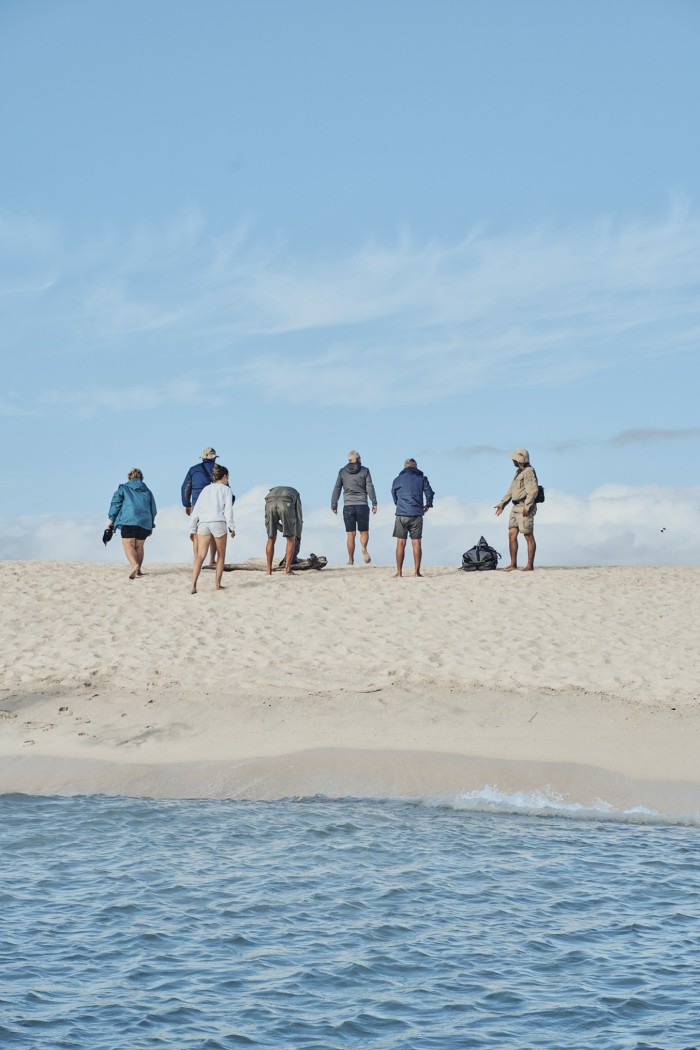
There was bigger work to do, including the creation of two new cabins in what had been a dining room and gym, bringing Aqua Mare’s capacity to 16 passengers. National park rules also meant jettisoning jet skis and water slides. Only tenders, kayaks and stand-up paddleboards remain.
Entering the panoramic lounge – Aqua Mare’s social hub, with an enormous horseshoe sofa – feels like walking into an emir’s cigar box. The theme continues in the cabins, including the beam-to-beam, 80sq m owner’s suite (yours for $53,000 a week when the yacht isn’t being chartered), as well as a new dining room and the aft beach club. But the views and minimalist additions soon balance the impact of the rich walnut. I feel immediately at home, thanks in part to a no-shoes rule and the caress under foot of Turkish carpets as soft as Birgit’s cashmere shawls.
A 16-strong crew includes two naturalist guides from the national park – a requirement on all boats. Days soon take on a reassuring pattern: 7am breakfasts, then two morning activities – typically snorkelling, kayaking or an island walk – before a lavish lunch washed down with rosé on the aft deck’s dining table. Afternoon excursions come before sundowners, a debrief and dinner.
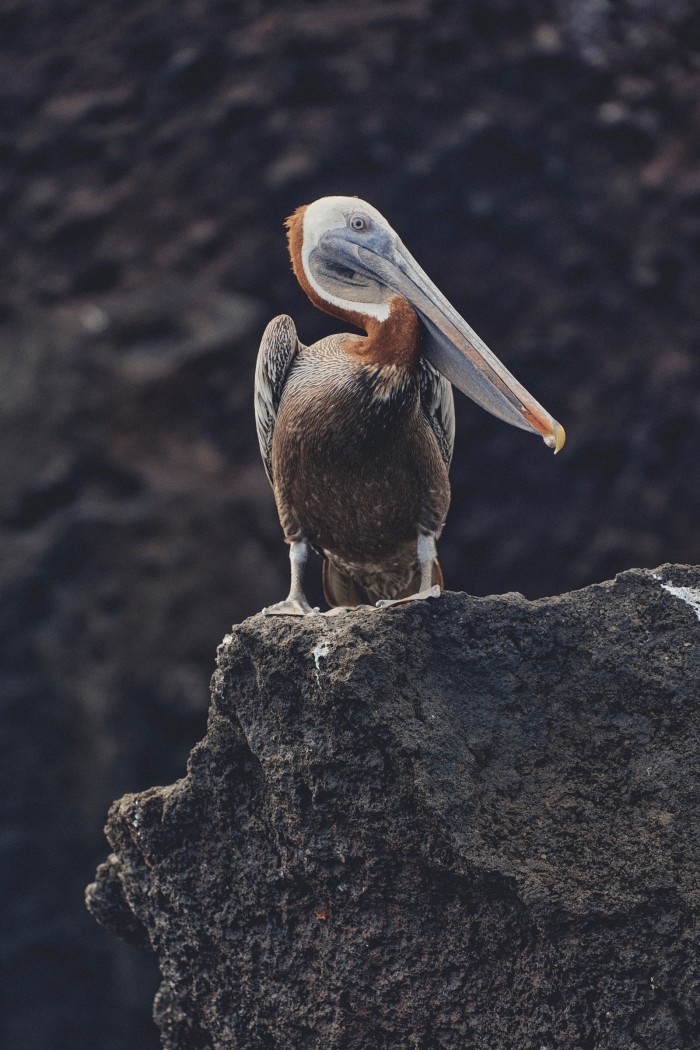
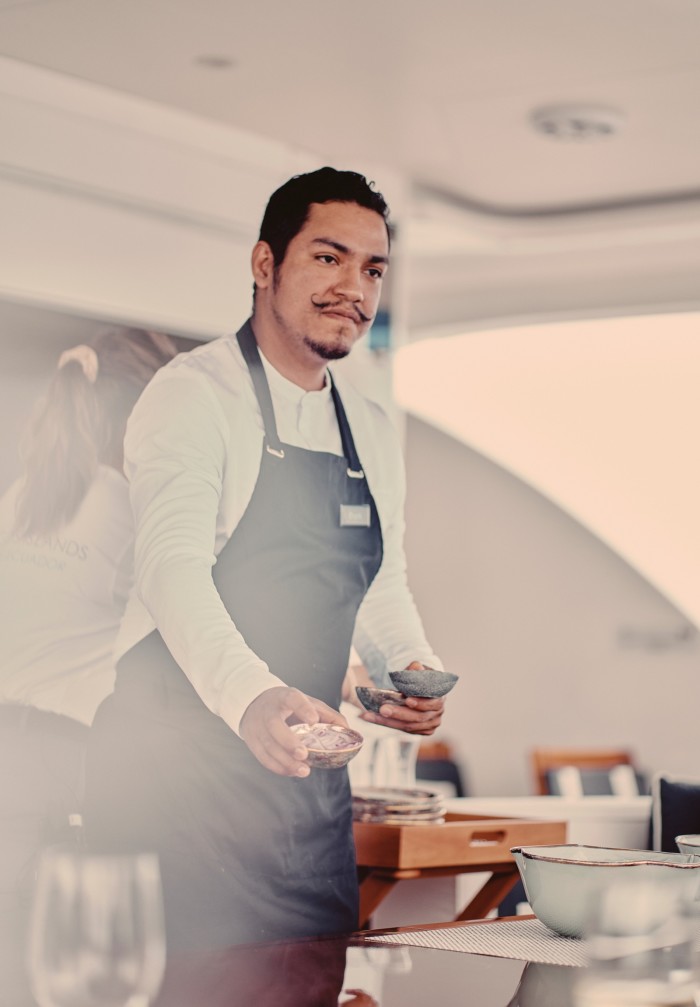
Arguably the star of the voyage is Erick Arreaga, an Ecuadorian chef with starched whites and a Poirot moustache. He conjures magic under Schiaffino’s remote guidance with black cod ceviche, wahoo carpaccio, beef tenderloin with chimichurri, swordfish smoked in rosemary and shrimp encocado with pickled radishes and patacones (fried medallions of plantain). “Who needs Capri when you’ve got the Galápagos?” Galli Zugaro asks one lunchtime, while sipping a glass of Galician albariño. The otherworldly cliffs of Santiago island rise in the equatorial sun behind him.
In a destination where the human species tend to be identified by bird-spotting garb in camo colours, Galli Zugaro stands out as much as his yacht. As well as tailored shorts and towelling polo shirts, he sports Tom Ford sunglasses and a Rolex Sky-Dweller. He wears a Panama hat so convincingly you wonder if he was born in it. Perhaps self-consciously he represents something different here. “My competition isn’t these boats,” he tells me at Tagus Cove, where a couple of other cruisers have anchored. “It’s the Maldives or an Aman resort.”
Galli Zugaro expects charters to fill about a third of Aqua Mare’s 48-week calendar. The crew is preparing for a honeymooning young couple, who arrive by private jet the day I depart. They have taken the whole yacht for themselves and three of their own staff. The groom plans to scuba dive, which can be arranged (there are huge hammerhead and whale sharks) and have asked to spend a night under the stars on the top deck’s daybeds.
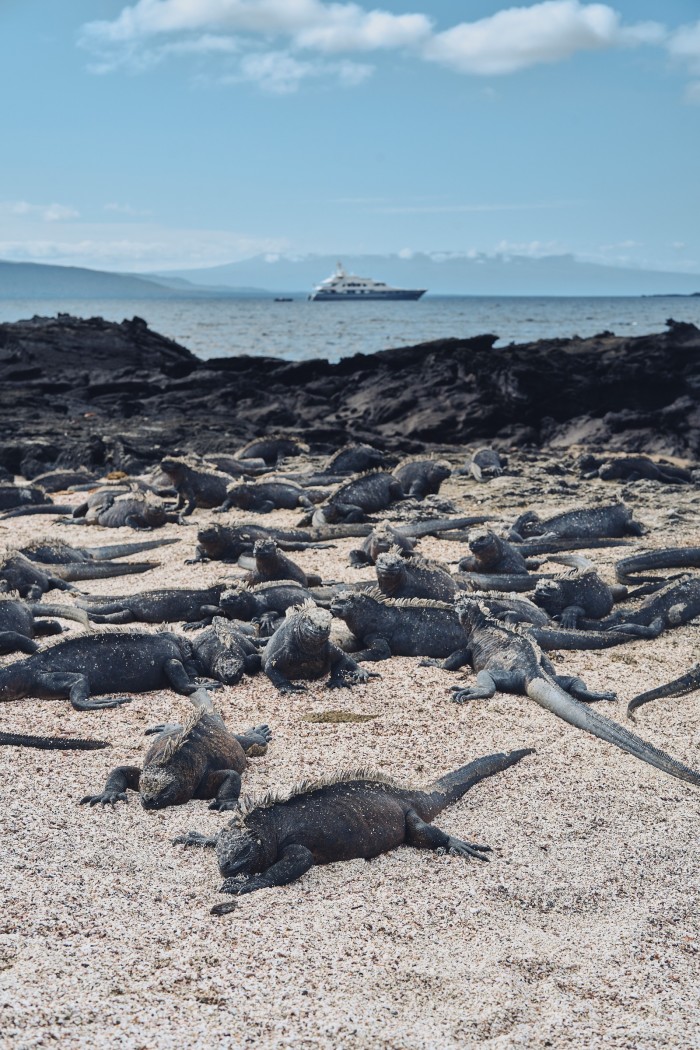
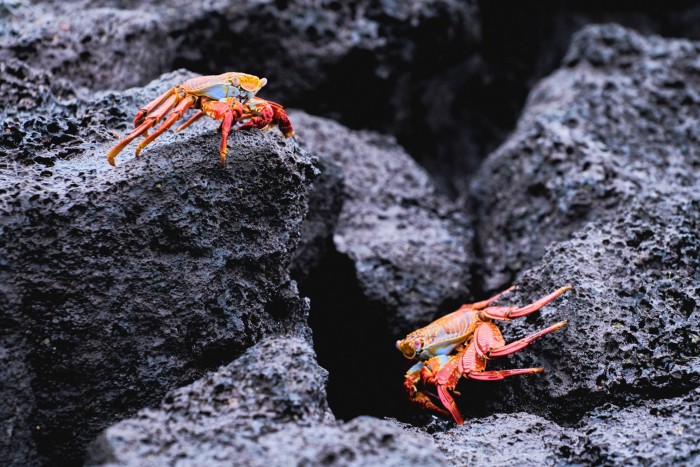
Even if there were no animals, newcomers would be stunned by the landscapes alone. Jet-black lava fields as big as Himalayan glaciers have solidified in great ripples and crevasse-like fissures. The waves of the Pacific lap variously at white coral sandy beaches and forbidding black rock. There are tidal pools and azure lagoons where flamingoes sift for the brine shrimps that give them their colour. Landing on the dark-red beaches of Isla Rábida is like setting foot on the Costa del Mars.
The pay-off for proximity to such natural wonders is a tourism experience that is, quite rightly, strictly controlled. Captains must declare itineraries in advance and are constantly tracked. Snorkelling is confined to certain areas and times, while paths are limited and marked out. There is little space for spontaneity; at sunrise one morning in the calm waters off Isabela, I have to get permission from the captain and a park guide before I can dive off Aqua Mare’s teak swim platform.
Even with such protections, the Galápagos is not immune to the planet’s ills. Climate change may affect the gender balance of giant tortoises (fertilised eggs become female at higher temperatures). There are problems with introduced species including rats, goats and guava, the seeds of which are dispersed by sweet-toothed tortoises. Yards from a freshly dug turtle nest on a beach on Floreana, I pick up an empty mineral water bottle, a rubber glove and – ironically – the head of a toy hammerhead shark.
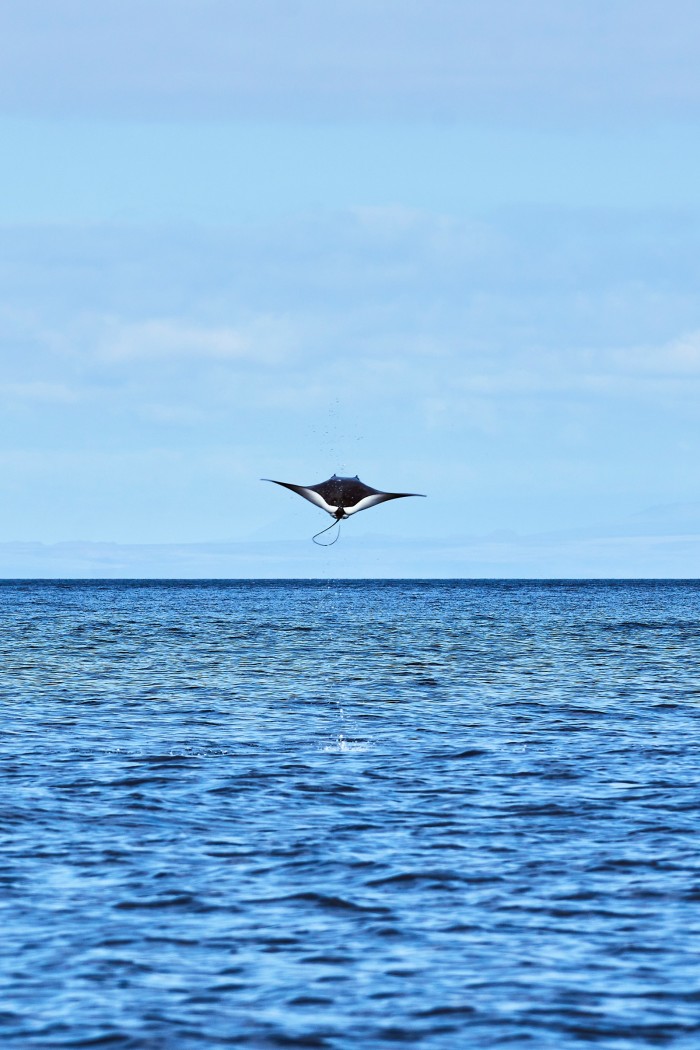
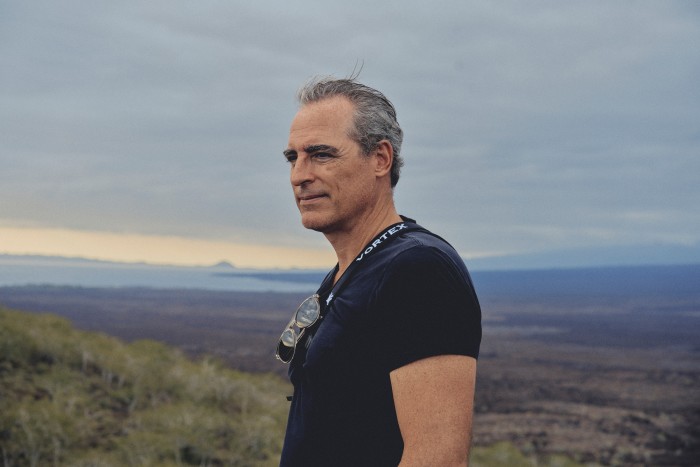
Galli Zugaro expects that his guests will embrace such protections. They are already lining up to come; only days into the inaugural voyage, he tells me Aqua Mare has taken more than $3mn in bookings. With his impeccable network of agents and a client list that includes the family of at least one American industrialist, as well as a smattering of tech titans, I suspect he will easily fill his Galápagos voyages.
Some prospective guests have gone so far as to book staff at full price on recce trips so that they can report back on the security and quality of the Aqua experience (perhaps I can save them the expense). Others may already own yachts but, while it’s possible to sail here under a foreign flag, the archipelago’s remoteness and even tighter restrictions put off all but the most dedicated interlopers.
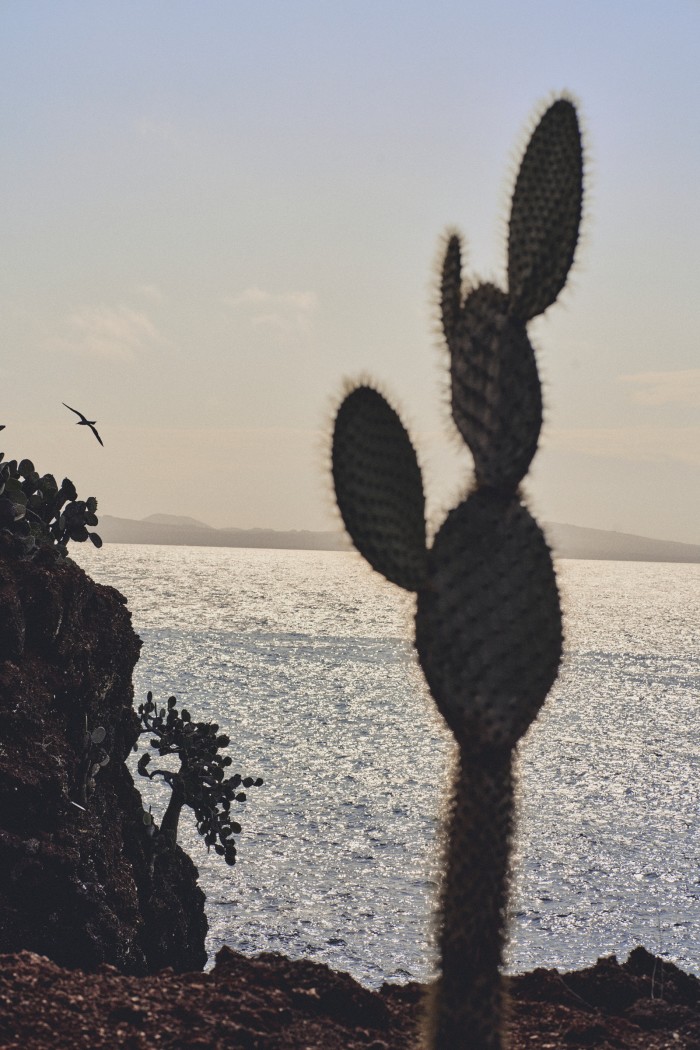
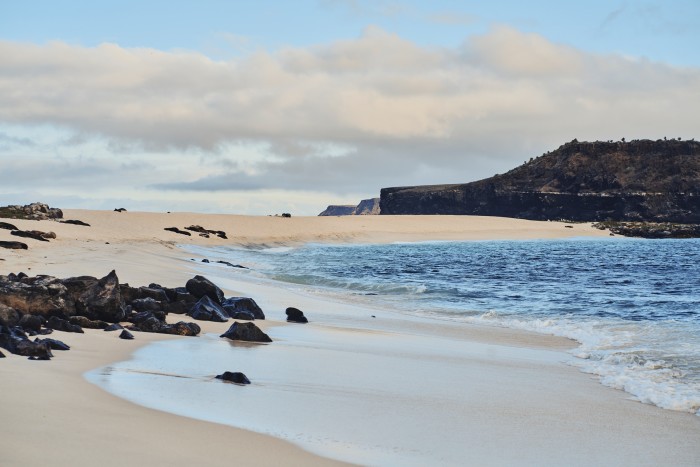
Few people are as committed as Galli Zugaro himself. After our hike above Tagus Cove we watch the sun set in a marmalade blaze before gathering on the bridge to watch the radar while we cross the equator. Darwin was subjected to a traditional naval hazing when HMS Beagle hit zero degrees. On Aqua Mare, Galli Zugaro stands in an Orlebar Brown navy blazer with white piping holding a glass of wine. I ask him if his fifth launch in nearly 15 years feels like his business’s boat or his boat. “Oh this is my baby,” he says with a smile, his shoulders lifting a little. A cheer goes up as we push into a different hemisphere – and a new frontier for cruising in the Galápagos.
Simon Usborne travelled as a guest of Cazenove+Loyd, which creates tailored itineraries in Ecuador and the Galápagos. A seven-night all-inclusive stay in one of Aqua Mare’s exclusive design suites starts from $11,550pp based on two sharing. A seven-night all-inclusive charter of the vessel starts at $196,000. Price includes specialist guiding throughout and excludes domestic or international flights
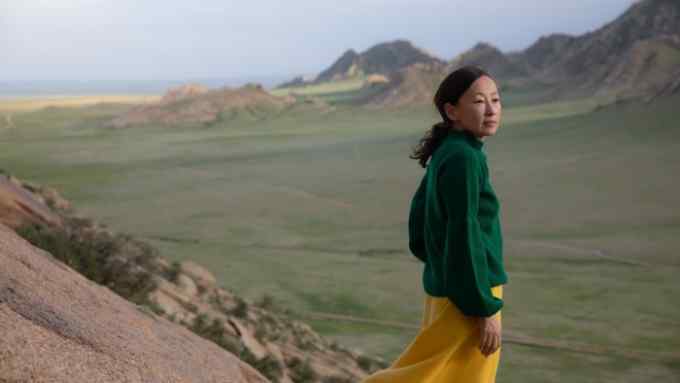
Comments